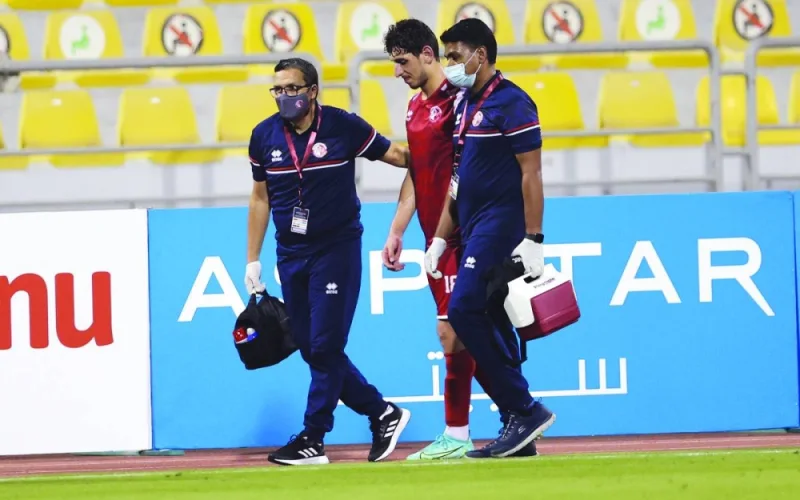In a pioneering initiative, Aspetar, Orthopaedic and Sports Medicine Hospital, has spearheaded an unprecedented study on fractures in professional footballers in the Middle East, entitled "Fractures in Professional Footballers: 7-year data from 106 team seasons in the Middle East". The research delves into the intricate details of fractures over seven consecutive seasons (2013-2020) in the Qatar Stars League (QSL), showcasing Aspetar's leadership in the field of injury epidemiology and fracture treatment.
While epidemiological studies on fractures in European professional football were plentiful, vital information on the treatment of fractures had been scarce.
The Aspetar study, conducted in collaboration with its unique programmes – the Aspetar Injury Prevention (Asprev) team, and the National Sports Medicine Programme (NSMP) medical staff in the QSL league – bridged this gap, providing a significant leap forward in understanding fracture patterns, treatments, and outcomes in the region.
Over seven seasons and 106 team seasons in the QSL, Aspetar studied 3,255 players and 638,247 exposure hours (88.9% training, 11.1% matches).
Fractures accounted for 2.7% of all time-loss injuries, with an incidence of 0.17 fractures per 1,000 exposure hours (0.9 fractures in matches, 0.07 in training).
Common fracture locations included feet (28.2%), hands (21.1%), shoulders (11.3%), and head (9.9%).
Only 34.3% of fractures required surgery, with an average absence from play of 71 days.
Impressively, 98.1% of players returned to professional football, highlighting the success of treatment and rehabilitation strategies.
Lead author Dr Aston Ngai emphasised the study's unique features, saying: "Our design, led by our experts, combined with Aspetar's data, gives us the only dataset with treatment information not currently available in UEFA data. This allowed us to identify the extent of invasive treatments like surgery, player return to play rates, and reinjury."
Experts at Aspetar expressed concern about lower limb fractures, which often require extended recovery periods and can potentially threaten a player's career. The study sheds light on the possible long-term consequences of fractures, with 4.6% of cases resulting in refractures and one in ten continuing to have symptoms when they returned to play.
This groundbreaking study stands as the most comprehensive fracture analysis outside UEFA, offering unparalleled insights into the unique challenges faced by footballers in the Middle East. Aspetar continues to pave the way in sports medicine research, reinforcing its commitment to advancing the understanding and treatment of sports-related injuries.

Aspetar continues to pave the way in sports medicine research, reinforcing its commitment to advancing the understanding and treatment of sports-related injuries.

The research delves into the intricate details of fractures over seven consecutive seasons (2013-2020) in the Qatar Stars League, showcasing Aspetar's leadership in the field of injury epidemiology and fracture treatment.
